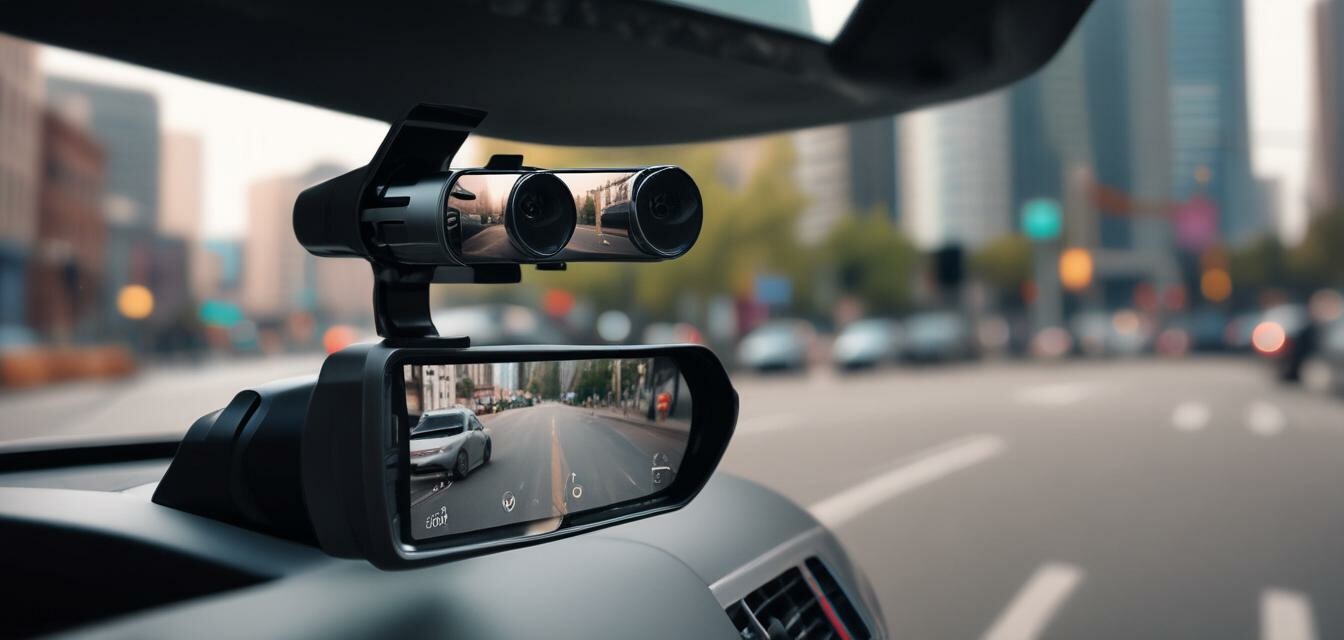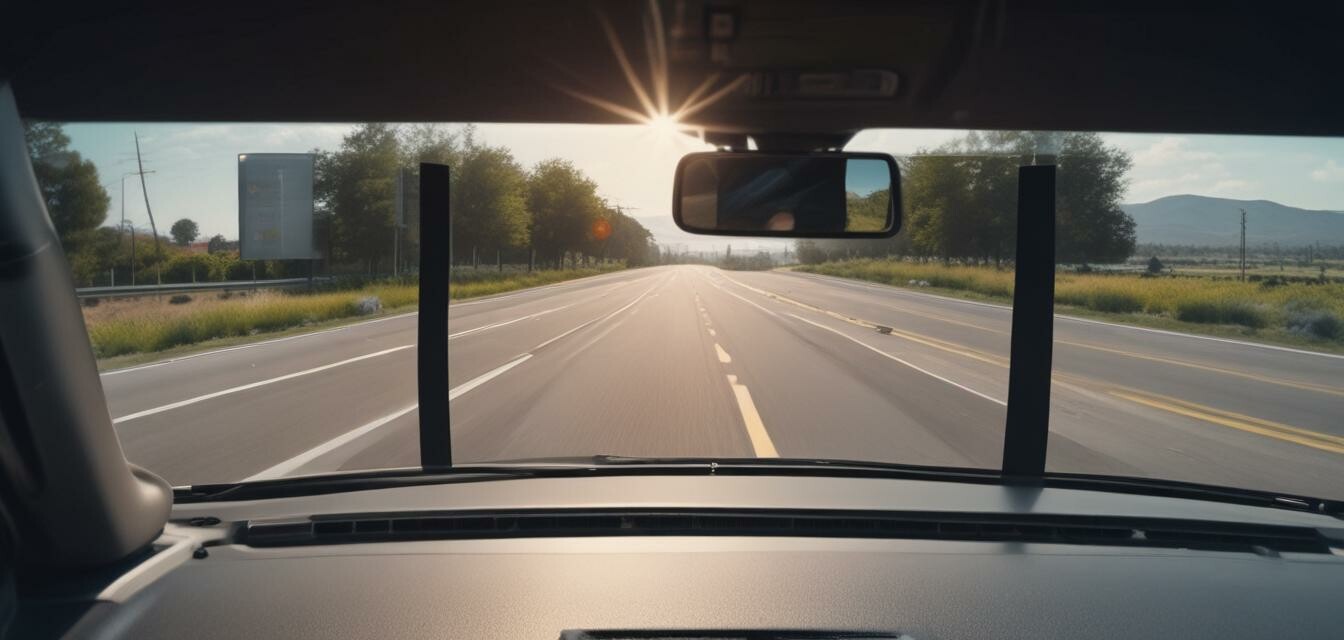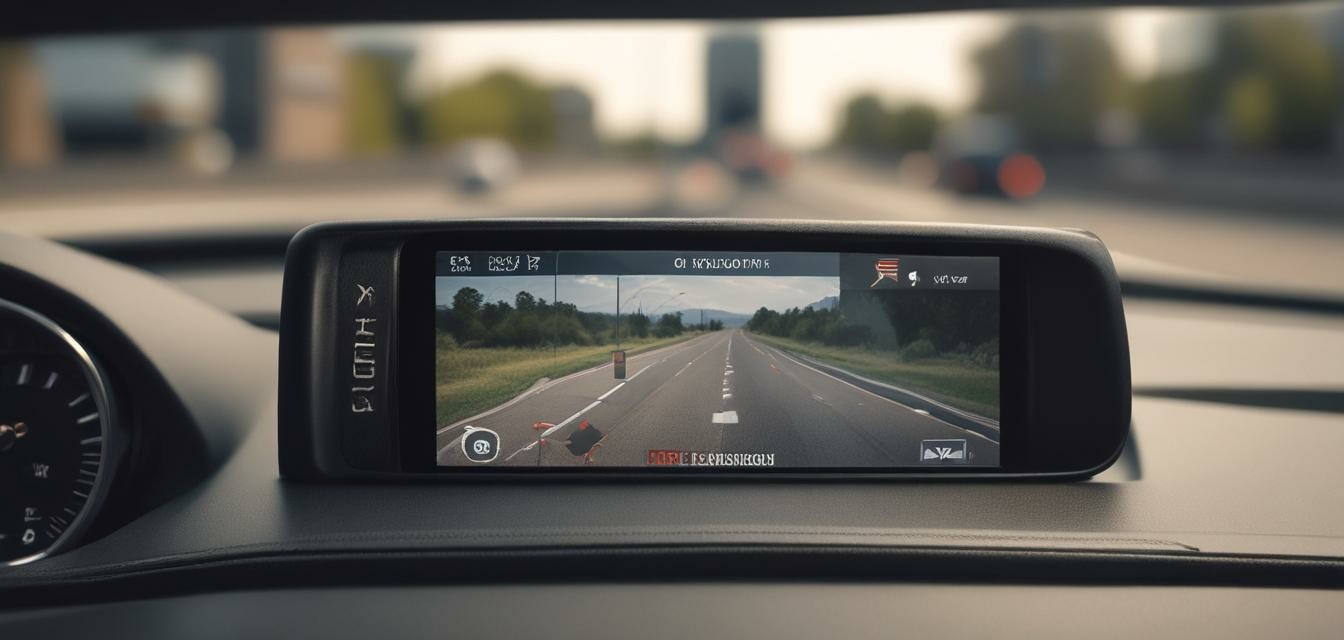
Portable Dashcams
Key takeaways
- Portable dashcams are lightweight and easy to install and remove.
- They offer convenience for those who need a reliable camera without bulky equipment.
- Many models come with advanced features like Wi-Fi connectivity and night vision.
- Regular maintenance and understanding features are key to maximizing effectiveness.
- Comparison shopping can help find the best model for your needs.
Portable dashcams have become popular among drivers looking for flexibility and convenience. These lightweight cameras are designed to be easily installed and removed, making them ideal for individuals who do not want a permanent setup in their vehicles. This article explores the various features, benefits, and considerations regarding portable dashcams.
What are portable dashcams?
Portable dashcams are compact video recording devices that can be attached to your vehicle's dashboard. Their primary purpose is to record your trips and provide evidence in the event of an accident. Unlike traditional dashcams, portable models are easy to move between vehicles, making them a versatile choice for multi-car households or those who use rental vehicles often.
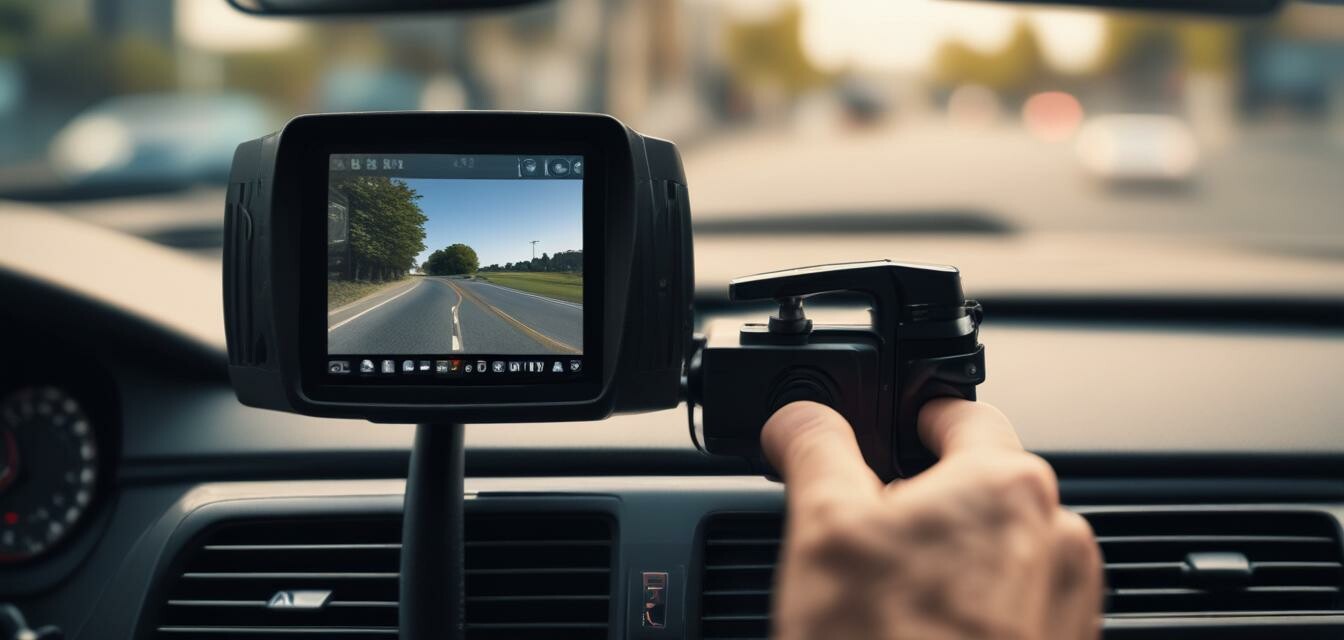
Benefits of using portable dashcams
- Flexibility: Move the dashcam between vehicles with ease.
- Ease of installation: Simple setups that don’t require professional help.
- Compact size: Designed to take up minimal space in the car.
- Variety of features: Many offer advanced technologies such as night vision and loop recording.
Key features to look for
When selecting a portable dashcam, consider the following features:
| Feature | Description |
|---|---|
| Resolution | Look for at least 1080p for clear video evidence. |
| Night Vision | Essential for recording during low-light conditions. |
| Wi-Fi Connectivity | Allows for easy downloading and sharing of footage. |
| Loop Recording | Automatically overwrites old footage to save memory. |
| GPS Tracking | Provides location data for recorded videos. |
Comparison of popular portable dashcams
| Model | Resolution | Night Vision | Wi-Fi | Price Range |
|---|---|---|---|---|
| Model A | 4K | Yes | Yes | $100 - $150 |
| Model B | 1080p | Yes | No | $75 - $125 |
| Model C | 1440p | No | Yes | $80 - $130 |
| Model D | 1080p | Yes | Yes | $90 - $140 |
Installation and maintenance
Installing a portable dashcam is generally straightforward, requiring minimal tools and effort. Follow these basic steps:
- Clean the area of the dashboard where the dashcam will be mounted.
- Use adhesive mounts or suction cups as per the manufacturer's guidelines.
- Connect the device to a power source, usually via the car's USB port or 12V outlet.
- Adjust the camera angle for optimal video recording.
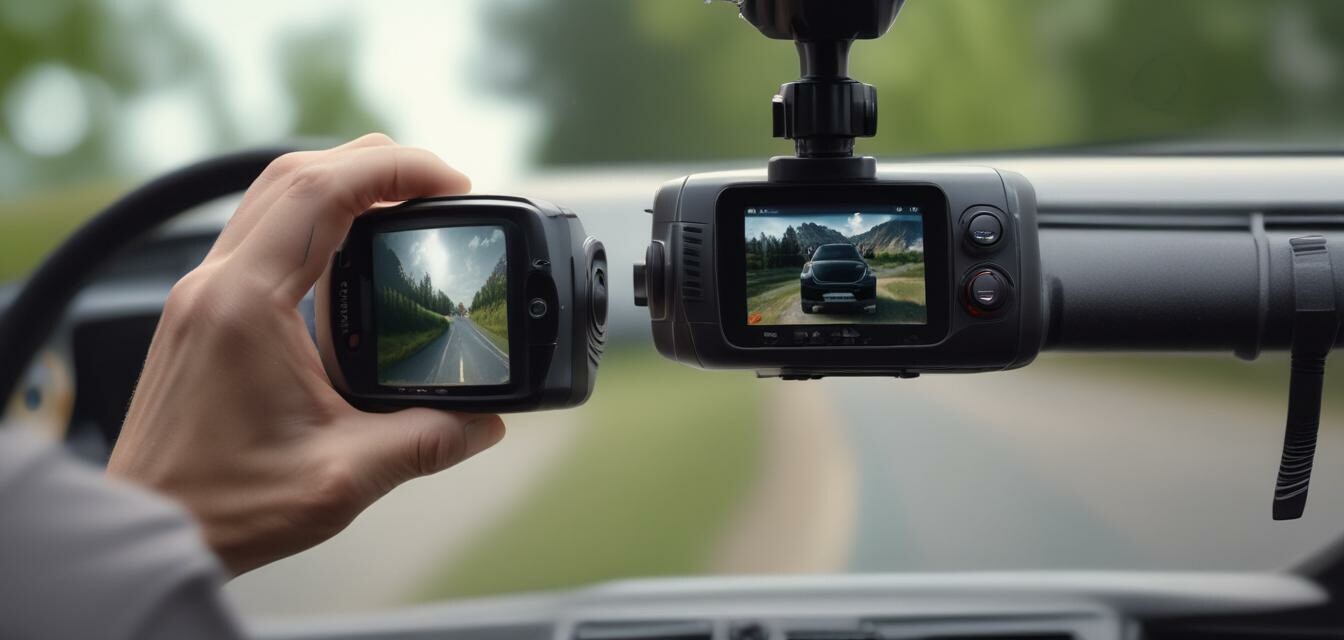
Tips for maintaining your portable dashcam
Beginners section
- Regularly check your dashcam settings to ensure they meet your recording preferences.
- Keep the lens clean to avoid obstructions in video recordings.
- Periodically review recorded footage to ensure everything is functioning properly.
Pros and cons of portable dashcams
Pros
- Easy to install and remove
- Compact and lightweight
- Wide range of features
- Versatile for multiple vehicle use
Cons
- Battery life may be limited
- May require manual setup for each car
- Potential for theft if left unattended
Conclusion
Portable dashcams are an excellent option for anyone looking for flexibility and ease of use in video recording while driving. With various features available, including Wi-Fi connectivity and night vision, they cater to a wide array of needs. Understanding the installation process and maintenance tips will ensure that you get the most out of your device.
